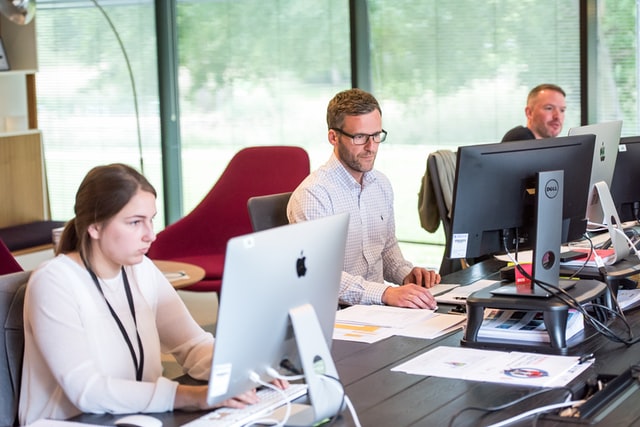Undo The Damage Your Desk Job Is Doing to You
By now, you probably know that sitting at your desk all day is not good for your health. But how bad is it? Sitting has been described as the new smoking. When you sit for long periods, blood flow slows down, allowing fatty acids to build up in the blood vessels. Regular sitting can also raise the risk for insulin resistance, obesity, type 2 diabetes and heart disease.
Additionally, sitting for extended periods, especially with poor posture, can wreak havoc on the musculoskeletal system. Strain is placed on the discs, causing low back pain to worsen. Certain health conditions like sciatica, herniated discs or degenerative disc disease can also aggravate lower back pain.
Even though many people are aware of the risks of sitting all day, it’s difficult to avoid this when you have a desk job. So how can you undo and reverse some of the damage that your job is doing to you? Below are our best recommendations for reclaiming your health while working a desk job.
Buy an Ergonomic Desk Chair
Chances are, you use whatever chair was provided to you by your company. But is this really the best chair for your back? Probably not. Invest in a high-quality, ergonomic chair that will support your spine. Here are some tips.
- Seat height. The seat height should be easily adjustable. Most range between 16-21 inches off the floor.
- Seat width and depth. Most seat widths are between 17-20 inches. The depth needs to be enough so that you can sit with your back against the backrest while leaving 2-4 inches between the back of the knees and seat of the chair.
- Lumbar support. Choose a chair that has a lumbar adjustment. You can also purchase a lumbar support pillow.
- Backrest. The backrest should be between 12-19 inches wide and support the natural curve of the spine.
Take Microbreaks: Get Up Every 30 Minutes
Make a commitment to get up every 30 minutes. Set an alarm on your phone or smartwatch if you have to. American scientists at a Colombia University say that sitting for extended periods can lead to early death linked to heart disease, cancer and diabetes.
By standing up, stretching or taking a short walk, you can lower the risk for early death. These short breaks also give your body a break from sitting in the same position, decreasing lower back pain and nerve compression. And, if that’s not enough to get you up, know that taking breaks can boost your mental alertness, creativity and productivity.
Take a Restorative Yoga Class
Many alternative therapies aim to heal and support the body. For instance, yoga can ease stress and tension, correct posture and loosen tight muscles. You can take a yoga class or practice these poses and stretches on your own. Popular yoga stretches that can undo damage from your desk job is the Seated Twist, Standing Forward Fold and Child’s Pose.
Stretch Your Body Regularly
Yoga is beneficial for the body because it works all the muscles. But you can also get these same benefits from doing regular stretches. Here are the muscles and tissues to focus on, as they’re most affected by sitting all day:
- Hips
- Spine
- Pectoralis muscles
- Piriformis (muscle deep in the butt)
- Plantar fascia
Schedule an Appointment with Jersey Rehab
If you continue to experience lower back pain when sitting all day, schedule an appointment with Jersey Rehab. Our goal is to restore quality of life for all clients using innovative therapies like spinal cord stimulation and lumbar epidural steroid injections. All appointments are scheduled within 24 hours or less.

